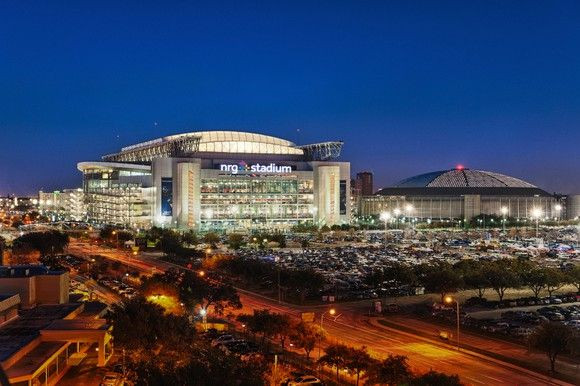Super Bowl Commercials: Does It Makes Sense To Spend Millions On Advertising? A 30-Second Ad Can Be A Huge Gamble

This article originally appeared in the Motley Fool.
The Super Bowl delivers advertisers a stunningly large audience watching live along with the added value of the rating, analysis, and dissection of each ad before as well as after the game.
Last year's game, when the Denver Broncos beat the Carolina Panthers, drew 111.9 million viewers, according to Nielsen. That's down a small amount from the previous year, but it's good enough to be No. 2 of all time.
This year's game -- expected to be a shootout between the New England Patriots and the Atlanta Falcons -- may not top those numbers, but the ratings should be close to those all-time highs. Those eyeballs, plus all of the bonus attention these ads get, make every 30 seconds of Super Bowl airtime incredibly valuable.
The question, and it's asked every year, is whether the ads are worth what the network airing the game is charging. In this case, Super Bowl LI (a return to Roman numerals after last year's game being Super Bowl 50) will air on FOX (NASDAQ:FOX), and the network has been getting $5 million per 30-second spot. That's about what CBS (NYSE:CBS) charged last year, and $500,000 more than Comcast's (NASDAQ:CMCSA) NBC got for Super Bowl XLIX.
Is $5 million worth it?
To put the $5 million cost in perspective, it's worth examining what advertisers pay for commercials on other top-rated shows. These numbers are not easy to come by (as they are guarded by networks and advertisers), but Variety broke down its best estimates for top ad prices during the 2015-2016 television season. These were the three highest-priced shows for 30-second ads, according to the industry magazine (and the only ones costing over $500,000):
Sunday Night Football: (NBC Wednesday) $637,330
Empire: (Fox, Wednesday) $521,794
The Walking Dead: (AMC, Sunday): $502,500
Sunday Night Football averaged just over 23 million viewers in 2015, while Empire has about 17.5 million, and The Walking Dead came in just under 19.7 million, according to Nielsen. That makes the cost of an ad on Sunday Night Football 12% of the price of a Super Bowl ad for just about 20% of the viewers. The ratios change for the other shows, but on a pure dollar-per-dollar basis, the Super Bowl costs more per viewer than these top-rated programs.
More than just the game
What those numbers don't factor in are all of the secondary exposure a Super Bowl ad gets. Commercials that air during even top-rated shows are not covered as news leading up to the event, and they certainly do not get written up extensively the morning after, like Super Bowl ads do.
It's a lot of eyeballs, but does the exposure results in sales? A 2014 study from Communicus suggests that it generally does not. The company found that 80% of Super Bowl ads do not increase sales.
"The advertisers really dial up the entertainment quotient to pop to the top of the USA Today rankings and such," Communicus CEO Jeri Smith told AdAge. "But we find the brand association with Super Bowl commercials is much lower than you'd get with a typical buy, just because of the way the creative is structured."
It's a big risk
Super Bowl ads can work, but they generally don't. For the companies buying the ads, it's a role of the dice that requires a lot of things to go right for the investment to be worth it.
First, the creative of the ad needs to stand out, but not so much that the entertainment or humor makes the viewer forget what's actually being sold. After that, the company has to hope it's not outdone by its many rivals who are also putting their best foot forward in order to justify their $5 million investment (which only covers the airtime, not the cost of creating the ad).
For most companies, these numbers just don't make sense. The risk is too high for the potential reward. That, however, has not stopped FOX, NBC, and CBS from selling out every year as the appeal of reaching that many people at once while reaping all of the side benefits seems to outweigh the obvious negatives.
Daniel Kline has no position in any stocks mentioned. The Motley Fool has no position in any of the stocks mentioned. The Motley Fool has a disclosure policy.
© Copyright IBTimes 2025. All rights reserved.





















